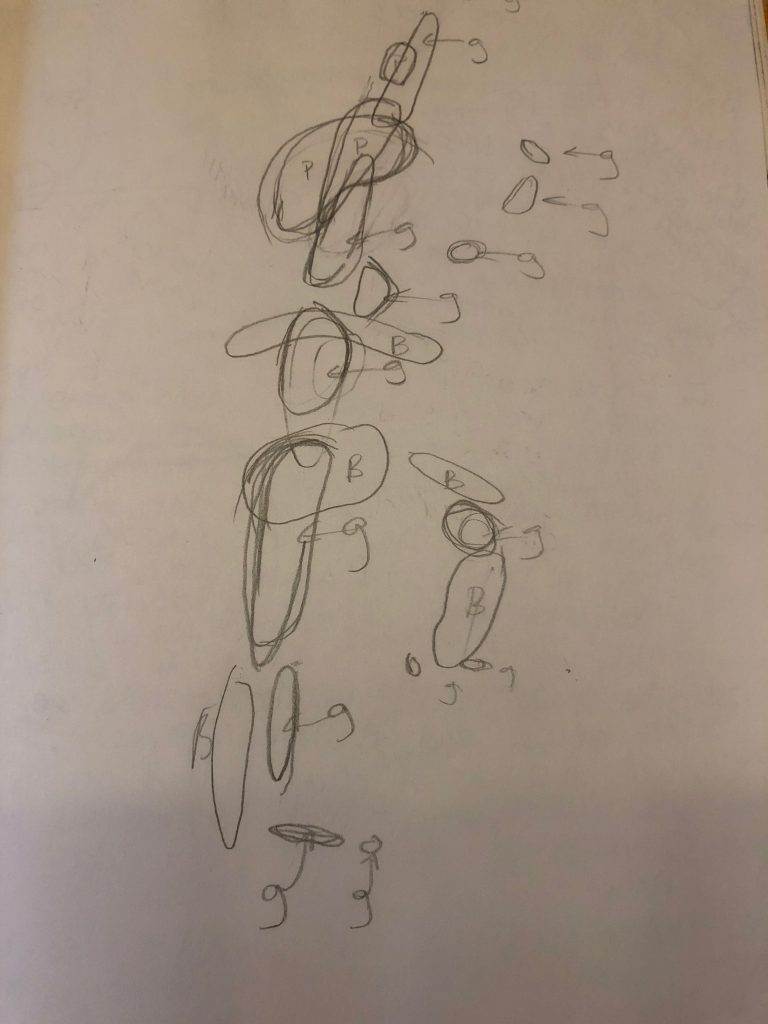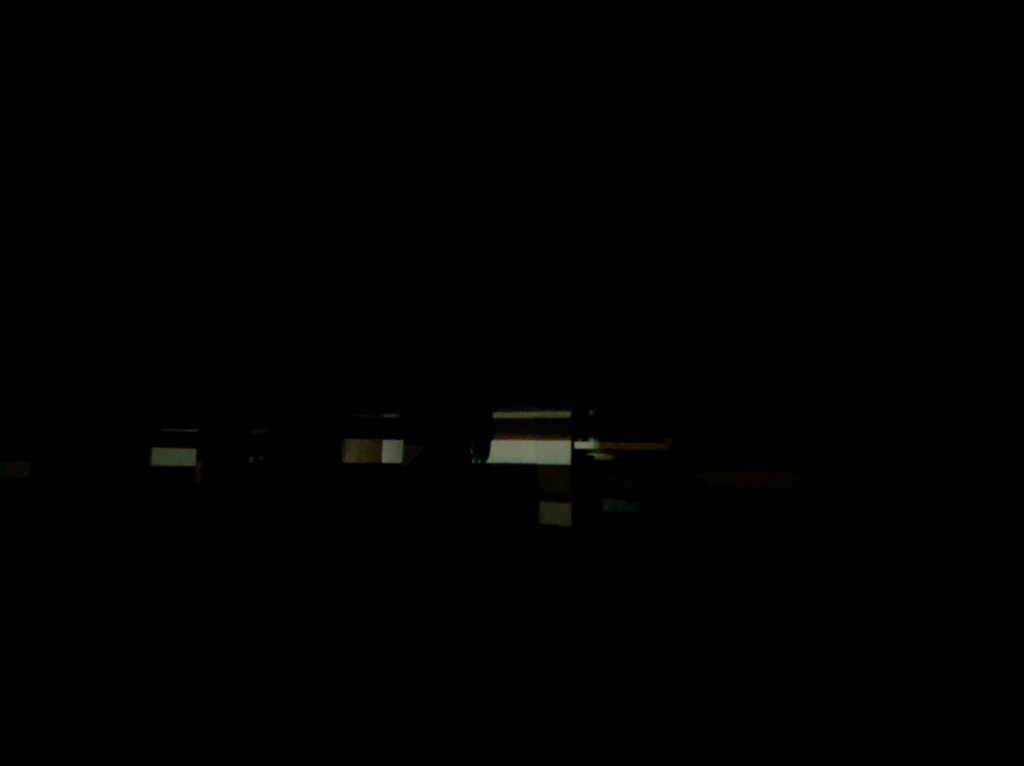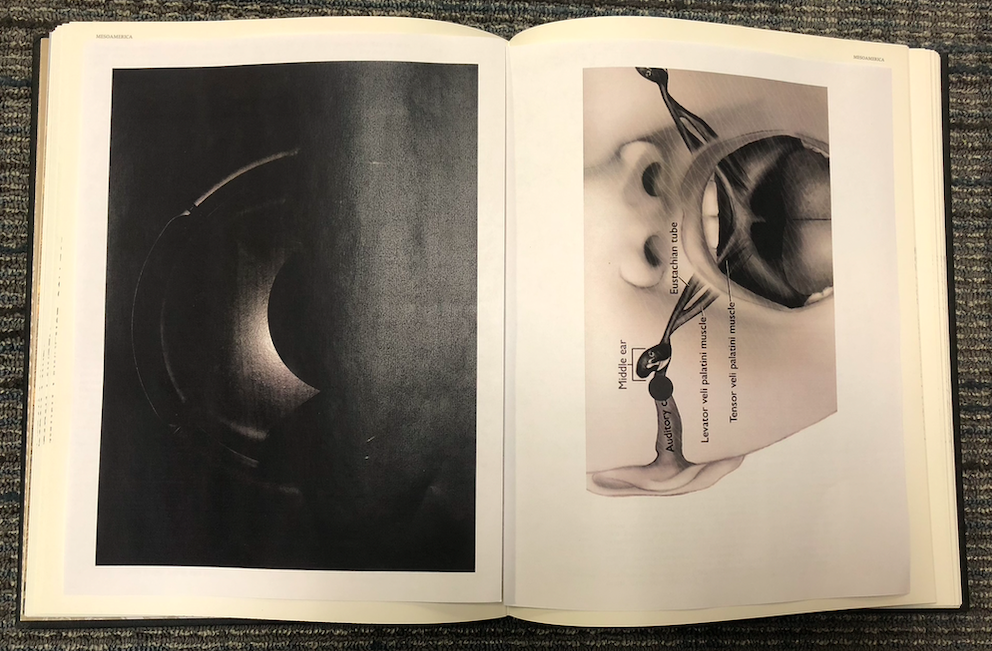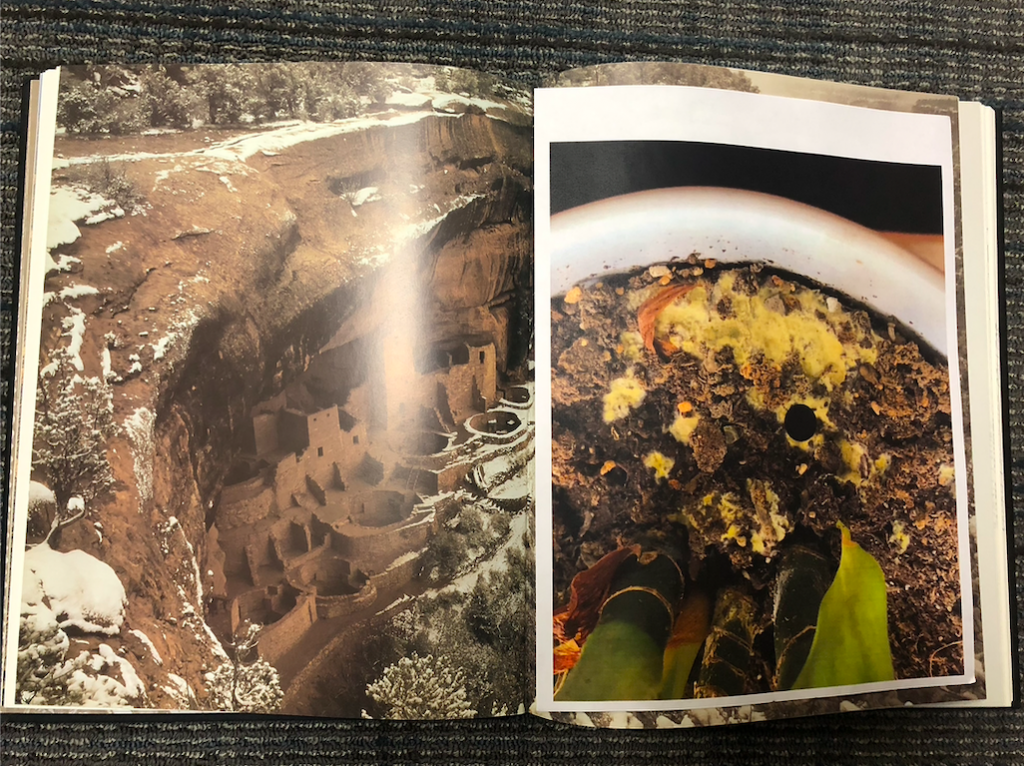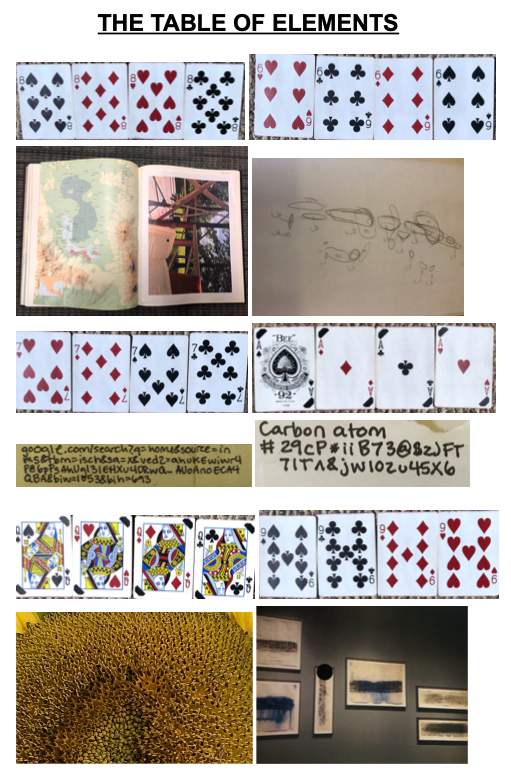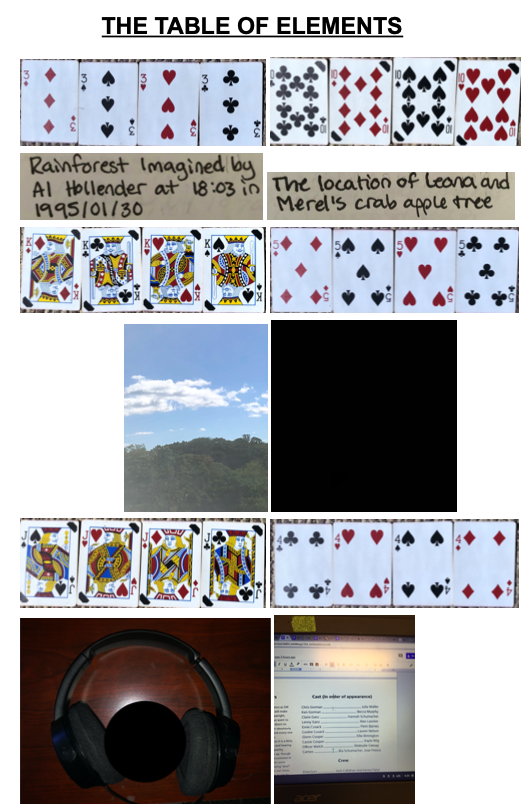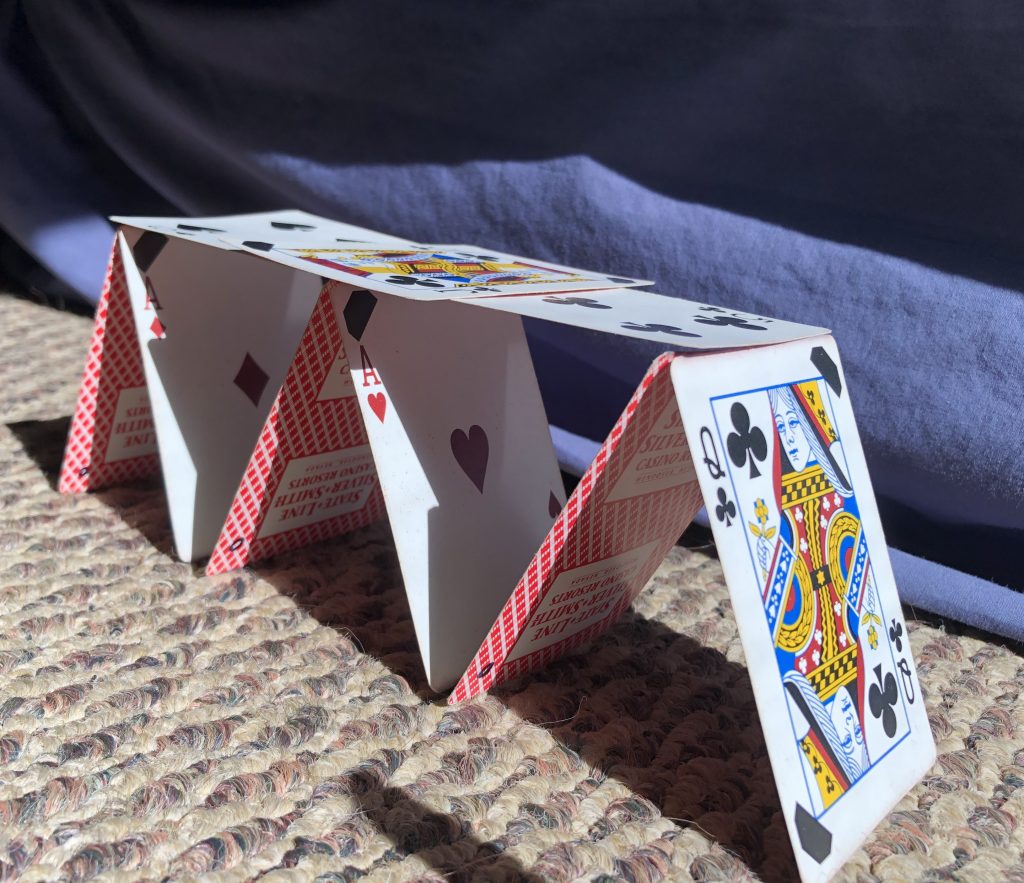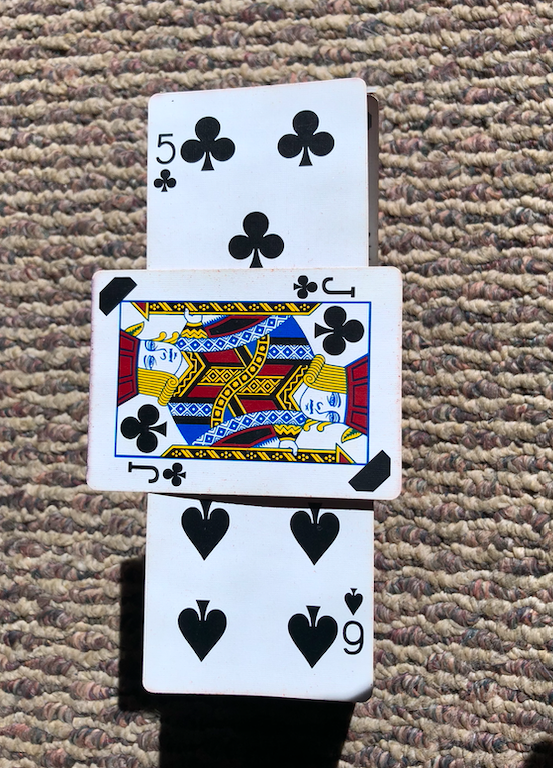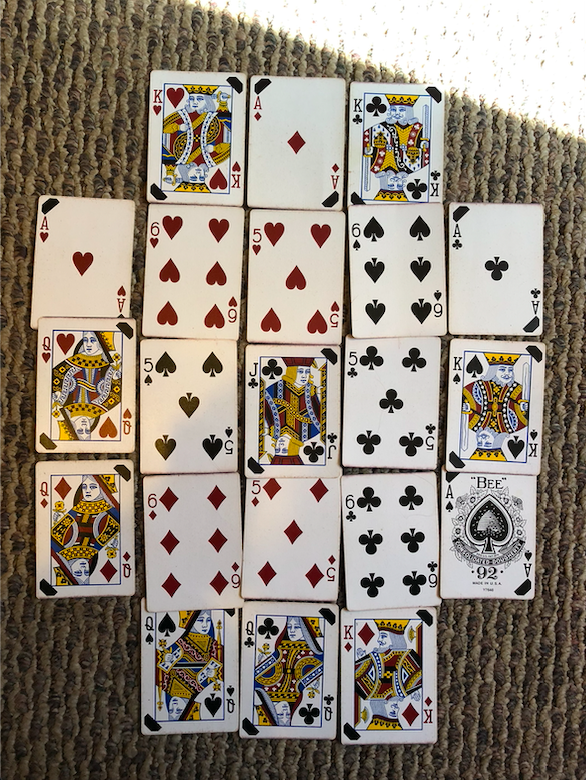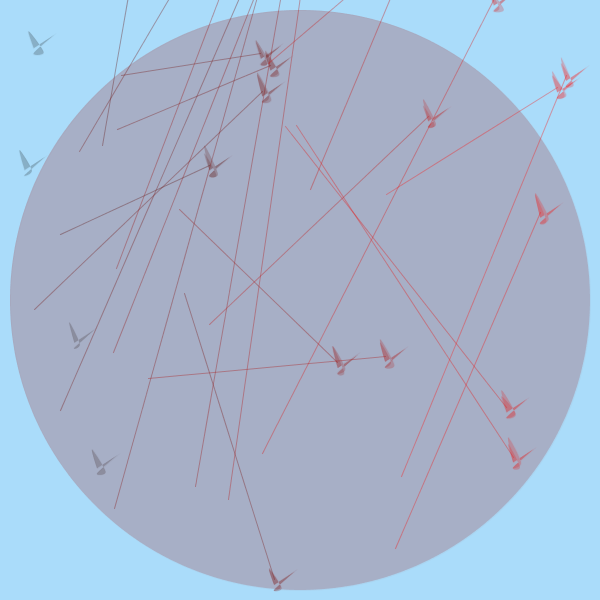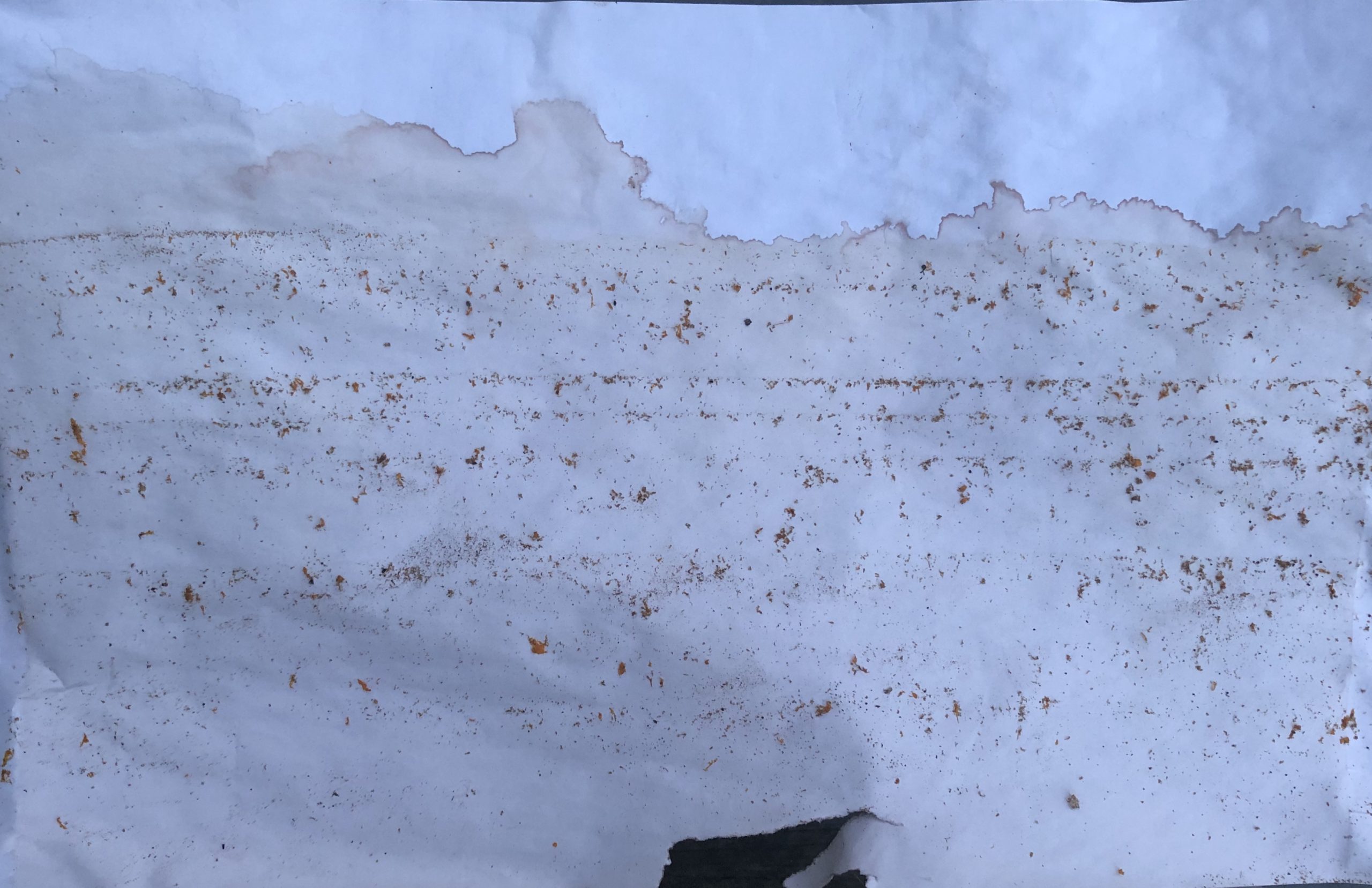My process with the ‘Finding a Form’ series of exercises was one that did not solidify my idea as it progressed. Instead, I found my idea stuck, oscillating around the similar forms I chose instead of growing and becoming clear. This was a frustrating series for me, and reminded me how difficult conceptual art can be. Ideas are central in conceptual art, that, if you don’t have a good grasp on an idea, it can make the artistic process difficult. Process can be a very fragile thing. An idea is very fragile. It is easy to break or lose, or to render into a confusing mesh.
My idea started as vague and broad. I was trying to capture an idea that came from experiencing a feeling from a specific situation. The situation was listening to music while sedentary and in the dark, and made me think about where music is. It is between my ears, in my memories, thoughts, and my ear canals that then connect to my throat and then into the rest of my body? The location of it expands across scales and the physical and nonphysical, as well as expanding in the present, past (memories), and in future (ideas and thoughts). This experience produced a feeling of locationless in the world, promoting me to question: where is here? My evidence included an image of M.C Escher’s Relativity, which is how space and my relation to it felt in this experience. I included a sketch of the locations of sandwiching: blankets, person, bed, pressure the body feels when laying in a bed. Also I included an image of the book, A Gift of Nothing, which was read to me as a child and influences my perception of nothing. Also, an image of my room in the dark and an image of VantaBlack were included. I was interested in darkness, nothingness, and the location of these and their physicality.
As I decided on a first form, my initial direction was towards an installation; using a room, space as a form, or possibly the body to explore how here is specified in unclear areas such as darkness, or fluid things, like music. Anything can be in darkness and nothingness can hold anything, so where is the here of a thing?
However, I took a sudden shift when I thought of the ‘you are here’ icons and text on maps. This led me to go through my camera roll and select images that represented a variety of spaces. I placed black dots in the images to imply ‘here’ and draw attention to a specific location. I then put these images in a geography book, so they were accompanied with a map or text about a city and its location. I wanted the viewer to compare the black dots and the maps, questioning if the black dots were showing the locations of these cities, or their relation to the maps. I also included images of eustachian tubes and headphones, bringing in the location and space that exists in the interaction of these two things. This was my first form, a book with 10 pages I added images to. A book implies a truthfulness and factual nature to the things presented in it. The book made my evidence appear as part of a system of knowledge, that even if it was fiction, was true while you were in the system. This form was teaching you. You had to analyse it. Finding the black dots became a game, like Where’s Waldo? The black dots were read as holes, or empty nothing, which I found interesting because it shows that the common representation of nothing as the color black is understood and integrated into society.

For the second form, Jenny Holzer’s plaques were on my mind due to talking about her work in the previous class. Specifically, I was thinking about how varying ideas can be represented under the same form and style. For the second form, I stayed focused on space, and continued to move away from the body and nothingness. I was thinking of how space can be represented, and how here is never specific enough. You can keep zooming in on a space, or focus on one of the many things that make it up. Labeling ‘here’ while considering the elusive quality of space raises the immediate question, where? I wanted to focus on the process of getting to ‘here’, as well as the multiplicity of here. The same ‘here’ can be the ‘here’ of many spaces and locations. I chose the form of an address, and the mail system to represent this. An address is tied to a location, a here, a space. The address of something like a house has many heres. I replaced the common address format with locations of things that exist inside or in the same place as this house, as well as alternate ways to denote the location of the house in its non worldly areas. Examples would be the house’s location on the internet and in people’s memories. To emphasize the process of getting to these locations, I included a return address as well. The to and return address appear to be different on each piece of mail, but are both coming from the same addresses, which I hinted at by keeping the dialogue between two people.
For the final form the value system I chose was the breaking down of something into a finite number of bits, assigning meaning to the bits, and then arranging the bits to describe or represent anything. An example is the alphabet and language. I chose this system as a way to figure out how to describe my original idea, how to connect the offshoot I took of thinking about here and location to my initial thoughts of nothingness, and the experience of space and things in space. I thought if I can’t describe or represent the whole idea, many I could represent smaller parts of it if I broke it down, then use them to rebuild the idea.
I took another solid form, in this final case, cards, and inserted my evidence into it. I wanted a bunch of similar things that had a reusability and reflexivity in meaning to them. There are 52 cards in a deck. Reflexivity and reusability is present because cards are reused in games, and while they each have a specific meaning, like queen of spades, they can mean different things in different situations. Spaces are synonymous to cards. They can be similar but are reusable and mean many different things.
Each card in the deck I assigned a meaning/a photo of a space and made a “Table of Elements.’ I then chose a card to represent that space. I chose the Jack, which had the image of headphones with a black dot between them attached to it. I picked elements from the table that described that location and space, and laid them out in different formats. The formats I chose are meant to describe the space by taking into context the cards shown, the amount of them used, and the analogies that their layout represents. Basically, treating them as a gestalt.
I did enjoy working with solid forms that have well known systems and associations with them. It gave me a base to work with and play off of, helping me learn more about my idea by trying to see it in a new mold. However, I wish I would have picked a form that played less of a central role in the final piece for one of the iterations. It would have been more beneficial for me to try a variety of forms in the respect to the amount of control they have over the idea. Books, mail, and cards all have a lot of control as forms. A less solid form that could bend to the idea would have required me to have a better understanding of what my idea was. A more solid form helps when your idea is more vague. I also noticed that it controls the process in which you come to understand the idea. The mail gave you a bunch of information that you had to find your way through to a meaning, while the sequenced pacing of information from a book led you to a meaning.
I found that Sol LeWhitt’s sentence, “Once the idea of the piece is established in the artist’s mind and the final form is decided, the process is carried out blindly” was very true for my process. I did not like the feeling. Once I had the idea for these very controlled forms laid out, the process of making the art became very mindless. It became about finishing the work and not thinking about it as I made it. I prefer a process with interruptions, and that these interruptions influence the work. The forms I chose were picked partially because of the limited time frame. The workflow was frustrating up front, because with every new form iteration I had to confront my idea again. The flow was similar to pushing a rock up a hill. Once I felt the rock was as high as I could get it, or that I was not going to get any better ideas in the time frame, I would let the rock roll down the hill, going through the motions of making the piece.
I was glad to be done with my idea when I finished the final form, but also upset that I did not find an iteration of it that described it in a way I wanted. I liked the pieces I made, but they don’t get at the heart of my original idea. It is possible that I may revisit the idea later, but only if I get another perspective or feel I understand it better. Otherwise, I would get another series of pieces that are related to the idea, but orbit around it. The idea is very important in conceptual art, but so is the quality of it. Performing a diagnostic test on your idea before you choose it is something I will do in the future. A good idea for art is good if you are able to explain it without confusing yourself in the process.

